Editorials
30 Years Later: Remembering the Horror Movies of 1992

Happy 30th anniversary to 1992’s Class of Horror Movies! Still early into a decade often ranked the worst for the genre, the year’s theatrical output strongly favored sequels to beloved ’80s favorites. But 1992 also delivered an all-time classic, a massive-scaled period epic that took home the highest-grossing horror prize for the year, plenty of Stephen King, and a few titles with an enduring grip on pop culture. Beyond franchise sequels and emerging classics, 1992 seemed to embrace horror-comedies, and thrillers were all the rage.
Here’s a look back at 1992’s horror movie highlights.
The Gate II – February 28

Surprise, the first straight horror release of the year belonged to Tibor Takács‘s follow-up to his 1987 gateway horror movie. Louis Tripp reprised his role as Terry, this time as the movie’s lead. In the five years since The Gate‘s events, his buddy Glen moved away, and Terry’s home life took a deeper nosedive. So, he heads next door to summon demons once more, this time with the hope it’ll fix his domestic woes. Naturally, things don’t go as planned. This sequel received a minuscule theatrical roll-out before its home release later in the year.
The Lawnmower Man – March 6
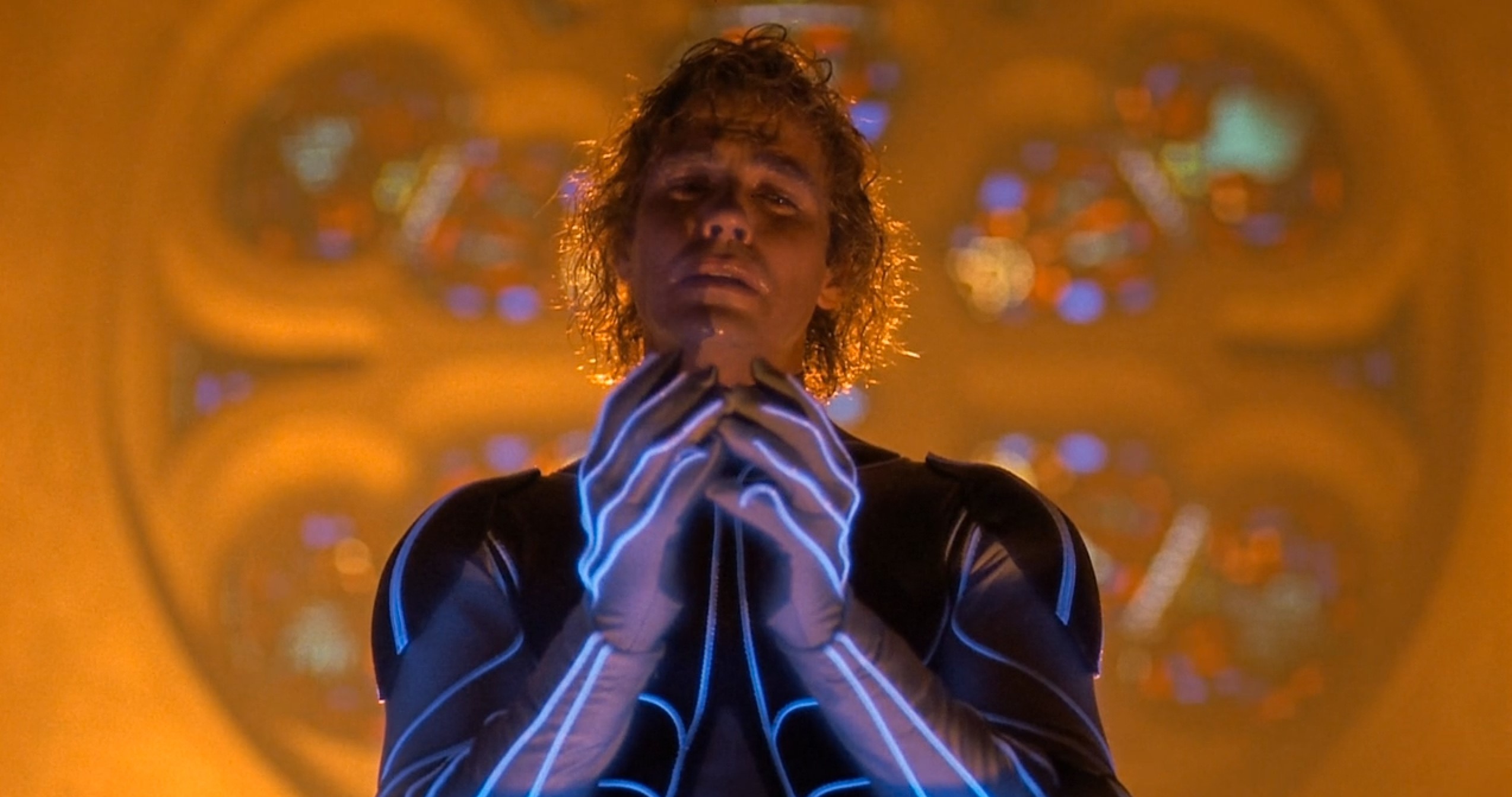
Very little of this Stephen King adaptation resembles its source material, so much so that the author sued to have his name removed. The resulting feature makes for a peculiar time capsule of ’90s VFX. Thanks to virtual reality experimentation, Jeff Fahey stars as the titular character, a simpleton rendered intelligent and telekinetic. It also unleashes a sadistic streak that results in a body count.
Sleepwalkers – April 10

Sleepwalkers marks the first feature film written by Stephen King yet not based on any of his pre-existing works. An incestuous pair of shapeshifting vampires target the virginal Tanya (Madchen Amick) as their next meal, but she puts up a fight with the help of police and cats. Directed by Mick Garris, look for King, Clive Barker, Joe Dante, John Landis, and Tobe Hooper cameos.
Alien 3 – May 22

David Fincher delivered the franchise’s first polarizing entry with a shocking end for many fan-favorite characters. Ripley (Sigourney Weaver) finds herself battling the deadly xenomorphs once more after crash landing on a high-security prison planet. The sequel marked the feature debut by Fincher, who would only three years later return with one of the decade’s most brutal crime horror thrillers, Seven.
Buffy the Vampire Slayer – July 31

Before the critically acclaimed TV series took the character and world in a darker, more dramatic direction, Buffy began as a lighthearted horror-comedy that leaned into the character’s valley girl persona. Rutger Hauer played the film’s big bad vampire, with Paul Reubens as his right-hand man. It’s a teen coming-of-age comedy with a vampiric twist.
Death Becomes Her – July 31
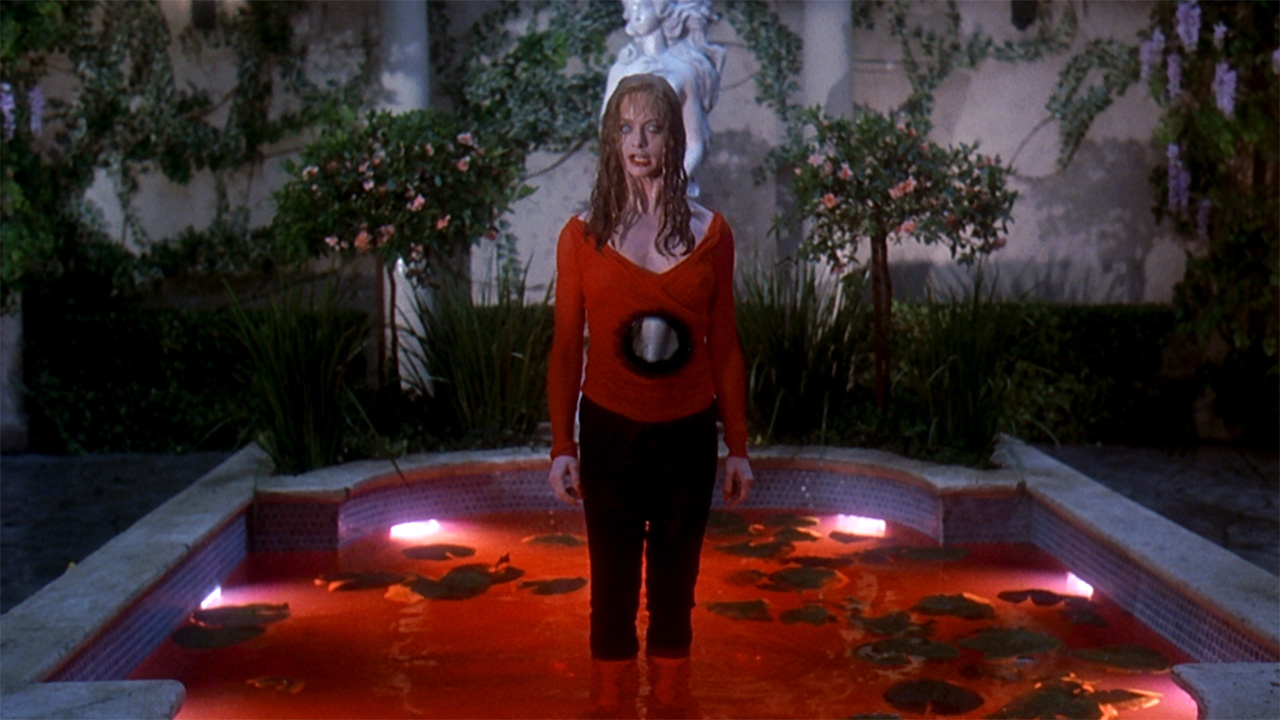
Bruce Willis, Meryl Streep, and Goldie Hawn starred in this satirical dark comedy that saw two women escalate their rivalry after discovering immortality. Of course, living forever isn’t all that it’s cracked up to be for the murderous pair. This horror-lite comedy directed by Robert Zemeckis was a commercial success.
Raising Cain – August 7

Brian De Palma‘s horror-thriller stars John Lithgow as a child psychologist with multiple personalities. One of those personalities happens to be a serial killer. Lithgow gives a magnetic performance in an over-the-top thriller that brings the thrills and camp in nearly equal measure.
Pet Sematary Two – August 28
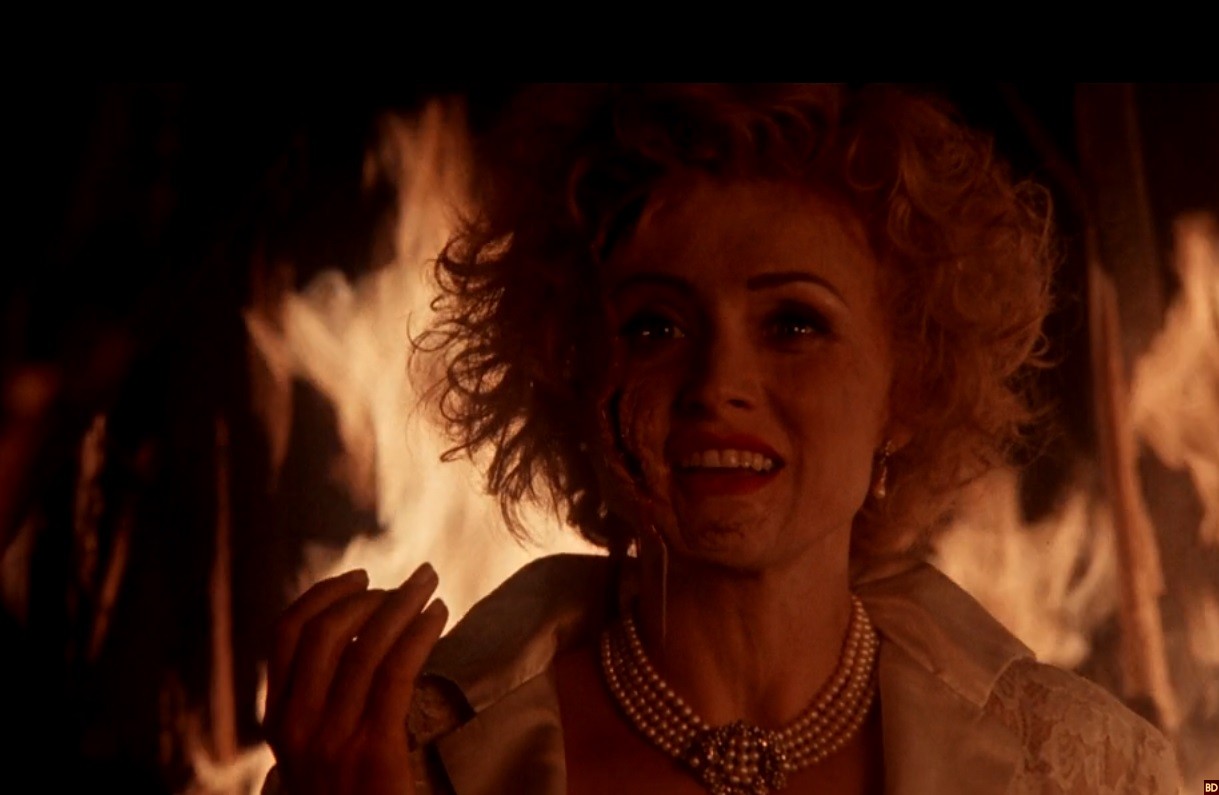
Mary Lambert returned to direct the follow-up to her massive hit. The sequel departed from King’s source material and introduced an entirely new set of characters that would run afoul of the evil burial ground. It took on a much less somber tone than its predecessor, which confounded critics upon release. Clancy Brown gives a stand-out, scenery-chewing performance as the cruel sheriff.
Twin Peaks: Fire Walk with Me – August 28

It should surprise no one that David Lynch‘s prequel movie refused to give in to expectations and polarized upon release. The film chronicled Laura Palmer’s final days and embraced experimental horror, even if critics and audiences didn’t entirely embrace it. Consensus eventually changed for the better with this one, and Twin Peaks received a revival in 2017.
Hellraiser III: Hell on Earth – September 11

The third entry in the Hellraiser series moved away from the Cotton family, in large part because Clare Higgins declined to reprise her role as the villainous Julia. The previous movie’s events caused Pinhead to split his soul in two, with one half wreaking havoc in a nightclub thanks to the puzzle box and the pillar of souls. Waxwork‘s Anthony Hickox helmed this sequel.
Innocent Blood – September 25
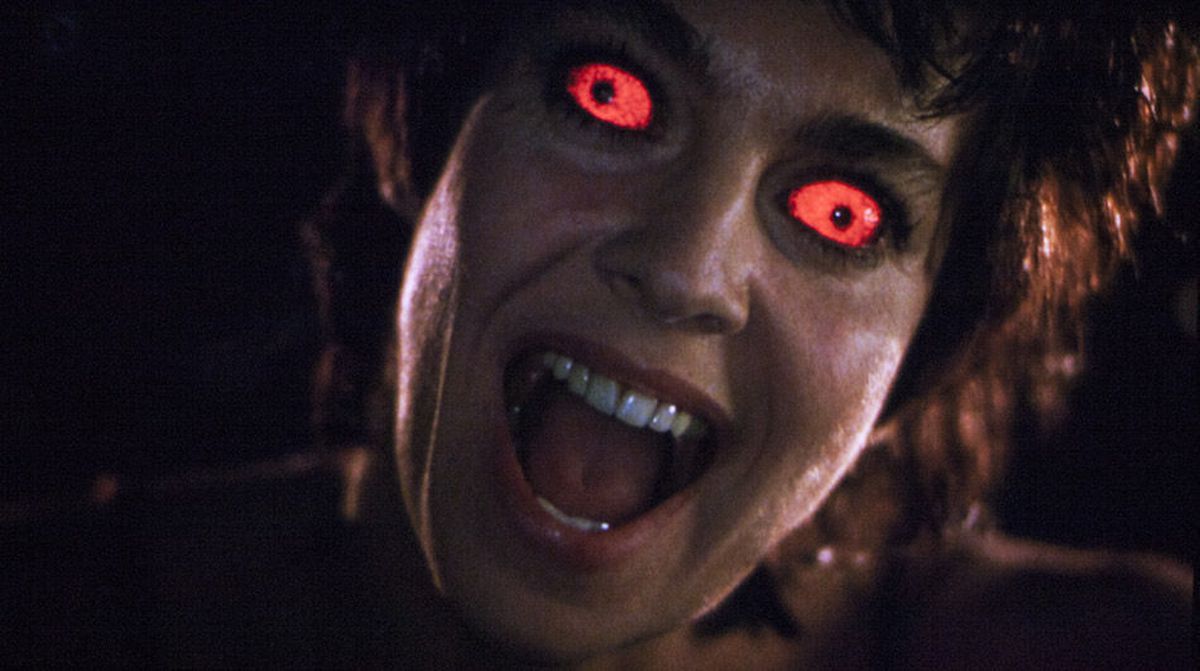
Director John Landis tackled vampires with this horror-comedy. Vampire Marie adheres to a strict moral code regarding bloodsucking; she only feeds on the criminals. She gets interrupted when she attempts to drain a mob boss dry, unwittingly creating an even bigger vampire problem. Innocent Blood had to get trimmed down a couple of times to avoid an NC-17 rating but ultimately failed to make a splash at the box office.
Candyman – October 16

Bernard Rose‘s adaptation of Clive Barker‘s short story “The Forbidden” made for a perfect Halloween season treat and an enduring horror classic that inspired sequels and reboots. Tony Todd‘s performance delivered an unforgettable modern boogeyman that won over critics and audiences upon release.
Dr. Giggles – October 23

Candyman might’ve been the Halloween season’s most significant release, but it also introduced another slasher via a limited release. Larry Drake plays the eponymous character, a murderous madman who escapes from a mental institution and fixates on a teen with a heart condition.
Bram Stoker’s Dracula – November 13
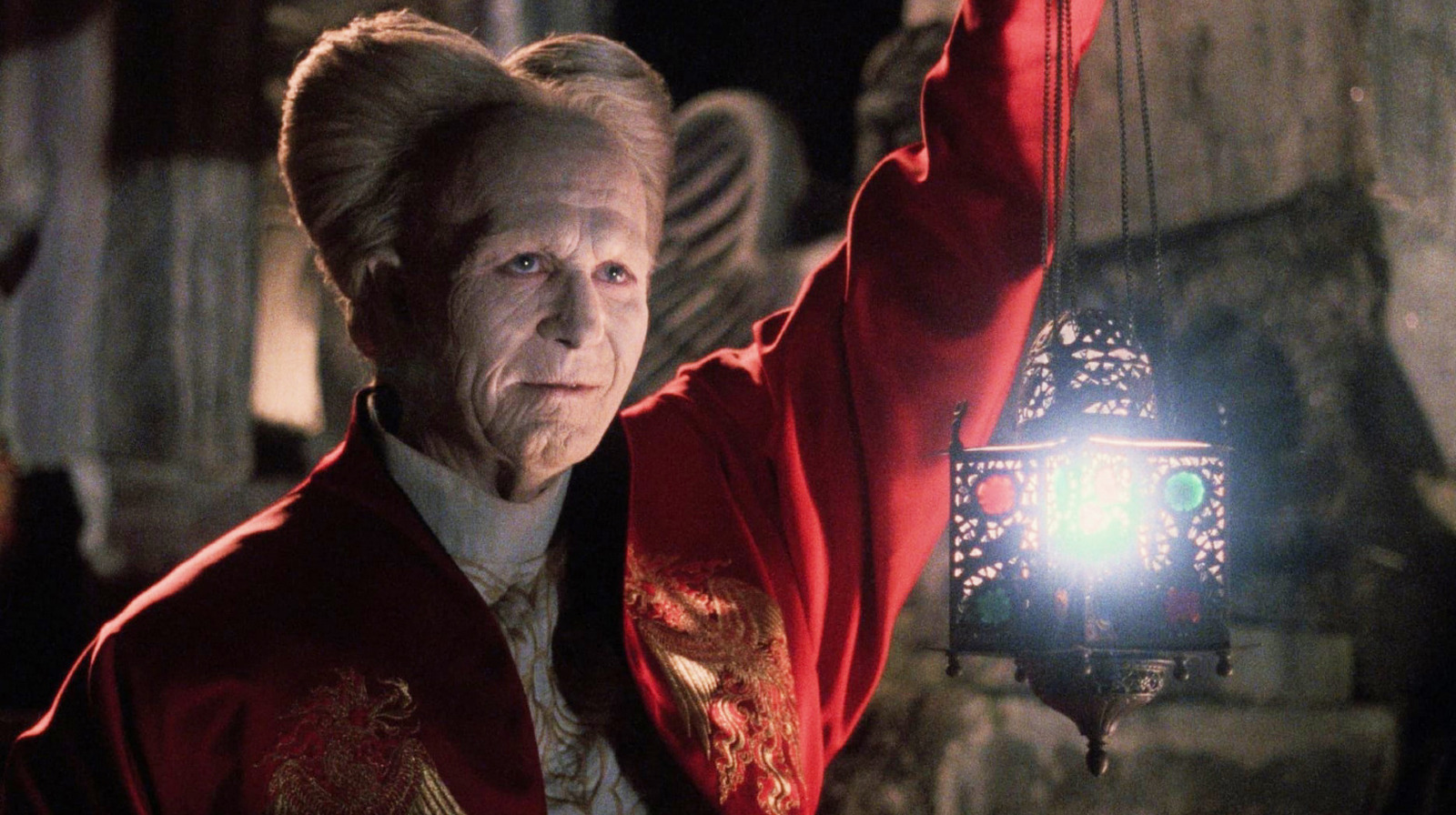
Francis Ford Coppola‘s sprawling Gothic adaptation of Bram Stoker‘s novel boasts stunning production design, an A-list cast, and exquisite costume design by Eiko Ishioka. The romantic horror movie became a massive box office success and won three Academy Awards. It brought a strong close to 1992’s horror movies.

Editorials
Looking Back on the Stop-Motion Nightmare of 1986’s ‘The Pied Piper’

Genre classifications tend to fall apart the further we look back in time. That’s why nearly all the original versions of classic fairy tales contain at least one bizarrely horrific element or another. From the Evil Queen’s cannibalistic intentions in Snow White to the Big Bad Wolf successfully devouring both granny and Little Red Riding Hood, even the most innocent stories featured a twinge of terror back when they were first created. However, there is one fairy tale that remains surprisingly dark even in its current iteration, and that would be the chronicle of The Pied Piper of Hamelin.
A simple yet memorable yarn about a pipe-playing stranger who takes revenge on the populace of medieval Hamelin once they fail to pay him for eliminating their rat problem, the story of the Pied Piper has influenced countless other works of art (even popping up as a recurring influence on the Slenderman mythos). That’s why I find it so surprising that there’s no definitive big-screen adaptation of the iconic story – unless you count stop-motion animation.
Enter Czech filmmaker Jiří Barta, a pioneer stop-motion animator working for Kratky Film in the early ’80s. Having already made a name for himself by contributing to a myriad of televised short films aimed at children, Barta and the humble studio wanted to branch out and create a large-scale project meant for older audiences. After some discussion, the director settled on a bold retelling of the Piped Piper, wanting to present the story in a way that would stay true to its Germanic roots while also taking inspiration from Viktor Dyk’s 1911 reinterpretation of the tale, Krysař (Rat-Catcher in Czech).
And so production began on a one-of-a-kind animated spectacle that would incorporate German expressionism and medieval artwork into its visual design. Over the course of a year, Kratky’s artists produced meticulously crafted puppets and locations meant to evoke wood carvings – as well as a rat infestation brought to life through taxidermized skins and the occasional use of live-action photography.
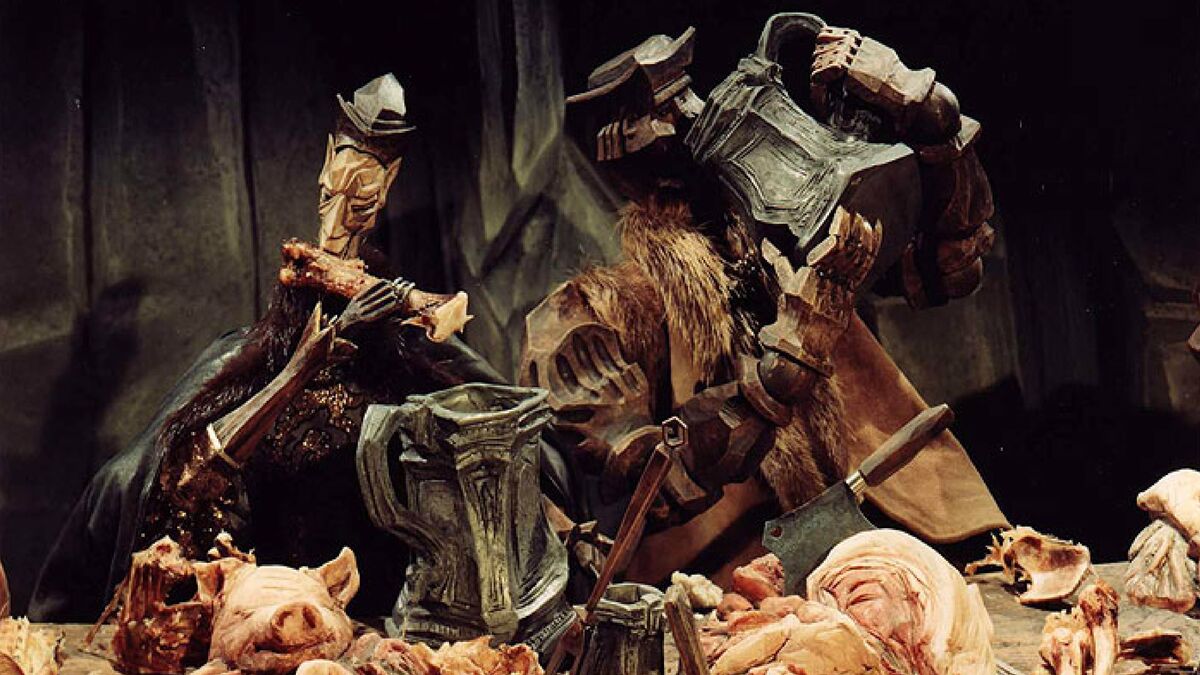
Not very appetizing.
In the finished film (which doesn’t require subtitles since the characters all speak in a fictional German dialect that we aren’t meant to understand), we follow the downfall of Hamelin as the wealthy townsfolk become corrupt in their miserly ways, with the bustling city eventually attracting a vicious swarm of rats. It’s only then that a pipe-playing stranger comes to town and is promptly hired to take care of the problem. Naturally, the Piper is soon betrayed, leading to a horrific comeuppance as the town faces the consequences of extreme avarice.
In 1986, Krysař (retitled to The Pied Piper in North America) would premiere to rave reviews, though this success remained mostly limited to the festival circuit and Eastern European theaters. It would actually take decades for the film to reach home video in America, with most Western cinephiles only coming across this landmark stop-motion fable through bootleg copies and international DVDs aided by the film’s lack of intelligible dialogue.
This aura of mystery may be partly responsible for the film’s enduring legacy as an obscure cult movie, with fans considering it one of the greatest hidden gems of all time, but it’s The Pied Piper’s exceedingly dark tone and imagery that really cemented its place as a classic.
While the general plot was faithfully recreated from familiar versions of the story, which is already one of the darkest fairy tales in existence (possibly due to its origins as an allegedly true horror story), it’s the flick’s deviations from its folkloric source material and the clear preference for Dyk’s bleak retelling that make it such a memorable experience.
For starters, the animated visuals actively enhance the story’s surreal undertones, making a serious experience that much more unsettling due to its whimsical presentation. Horrific moments like the murder and implied sexual assault of a sympathetic main character become downright disturbing when told through the eyes of wooden puppets, and the clockwork-inspired movements of the city folk reveal sinister implications about the inner workings of an oppressive metropolis.
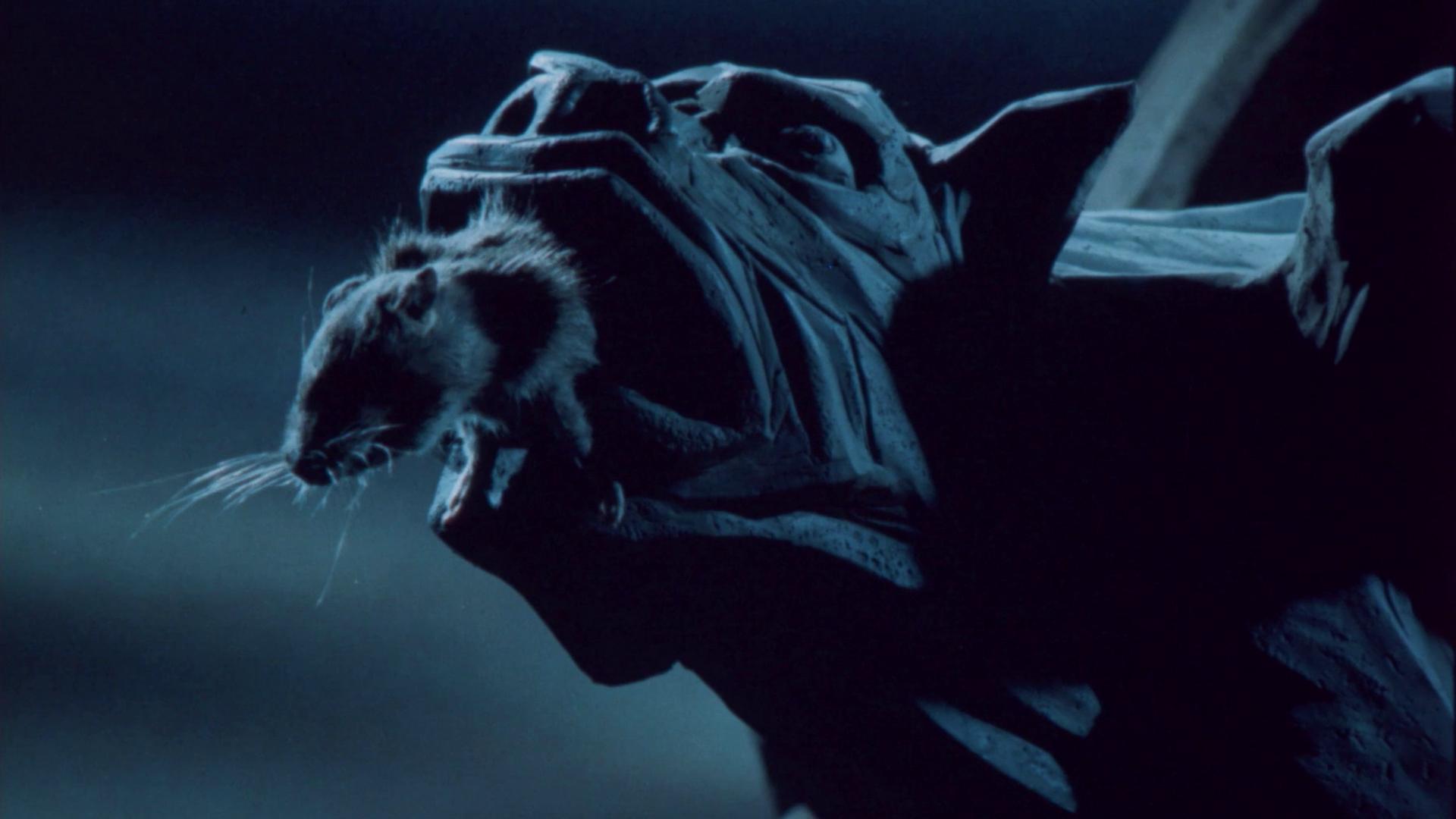
“Them filthy rodents are still coming for your souls!”
The rat plague itself is also incredibly unnerving, with the rodents’ organic design intentionally clashing with the mechanical feel of the rest of the film. The director originally intended for the vermin to feel more alive and sympathetic than the jaded inhabitants of Hamelin, but the use of real rat taxidermy also adds an additional layer of uncanny terror to the mix as the furry plague invades a mostly sterile production.
Of course, the scariest addition to Barta’s The Pied Piper comes from its grisly ending, which ditches the traditional climax of having the Piper kidnapping the local children and instead goes down an unexpected route of city-wide body-horror. I won’t spoil the details for those who still haven’t seen this wood-carved masterpiece, but suffice to say that the finale will stay with you long after the credits roll.
Like the legend that inspired it, The Pied Piper is much more than just a horror story. It’s an anthropological cautionary tale. It’s also a tragic love story, as well as a cathartic revenge yarn. But regardless of how you interpret it, it’s the overall brutality of Krysař that makes it so unique. That’s why I’m glad that the folks over at Deaf Crocodile have finally given the film the remastered Blu-ray release that it desperately needed.
And in a world where adult-oriented animation is finally getting the attention it deserves, with filmmakers like Guillermo del Toro championing the cinematic format as a medium rather than a genre, I think it’s worth looking back on Barta’s magnum opus as a poignant reminder that nightmares are not limited to live-action.


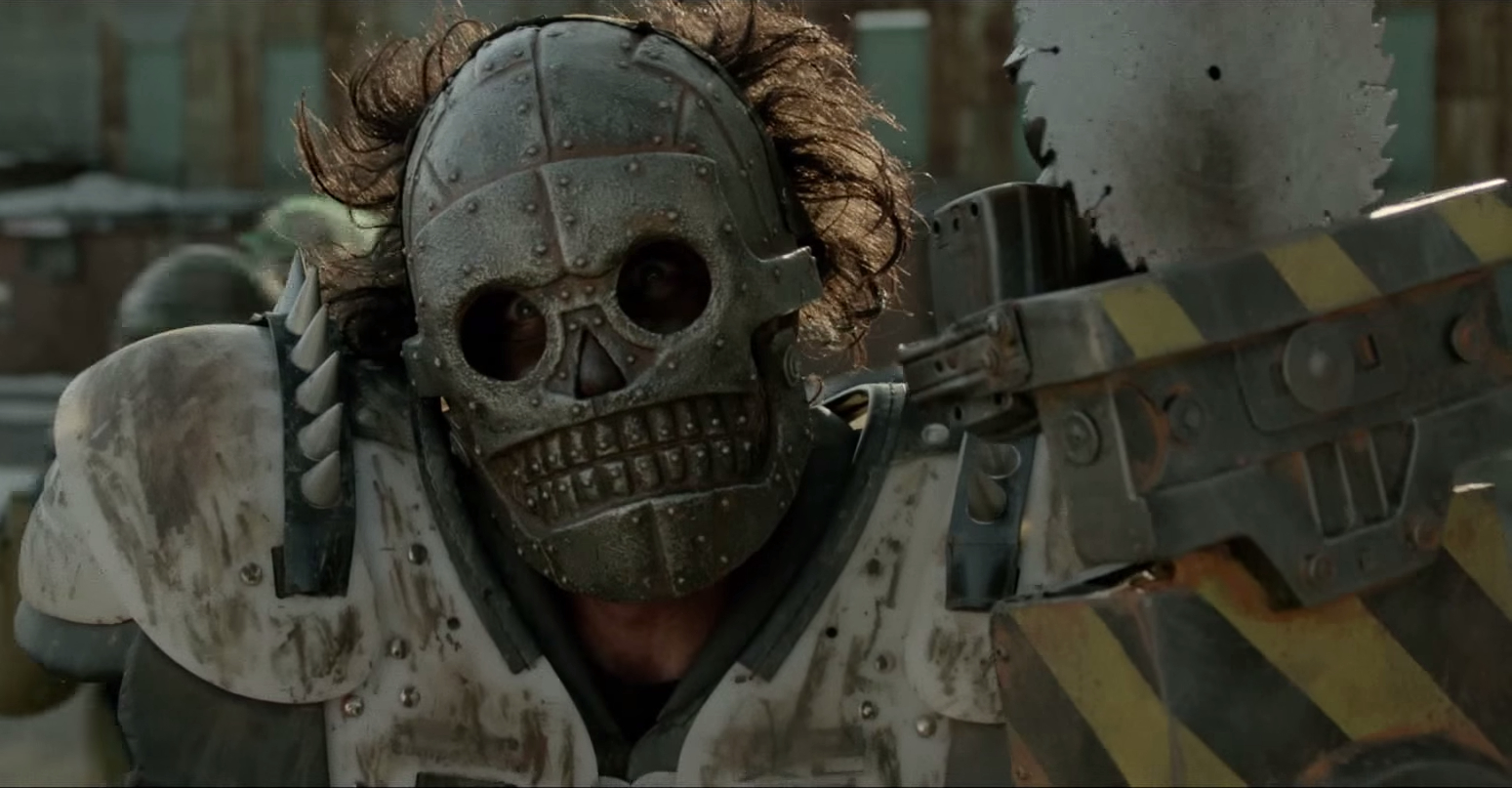
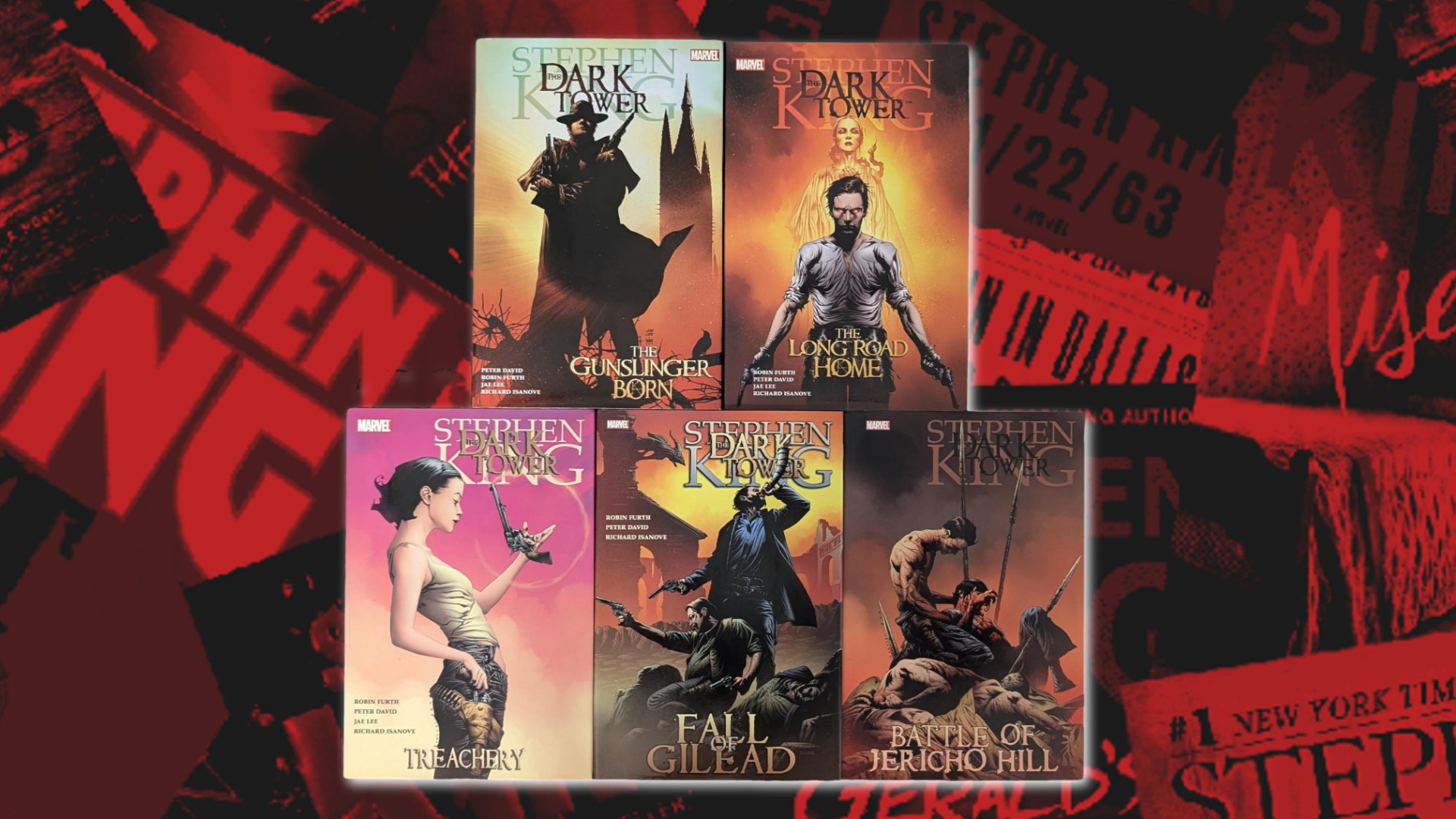
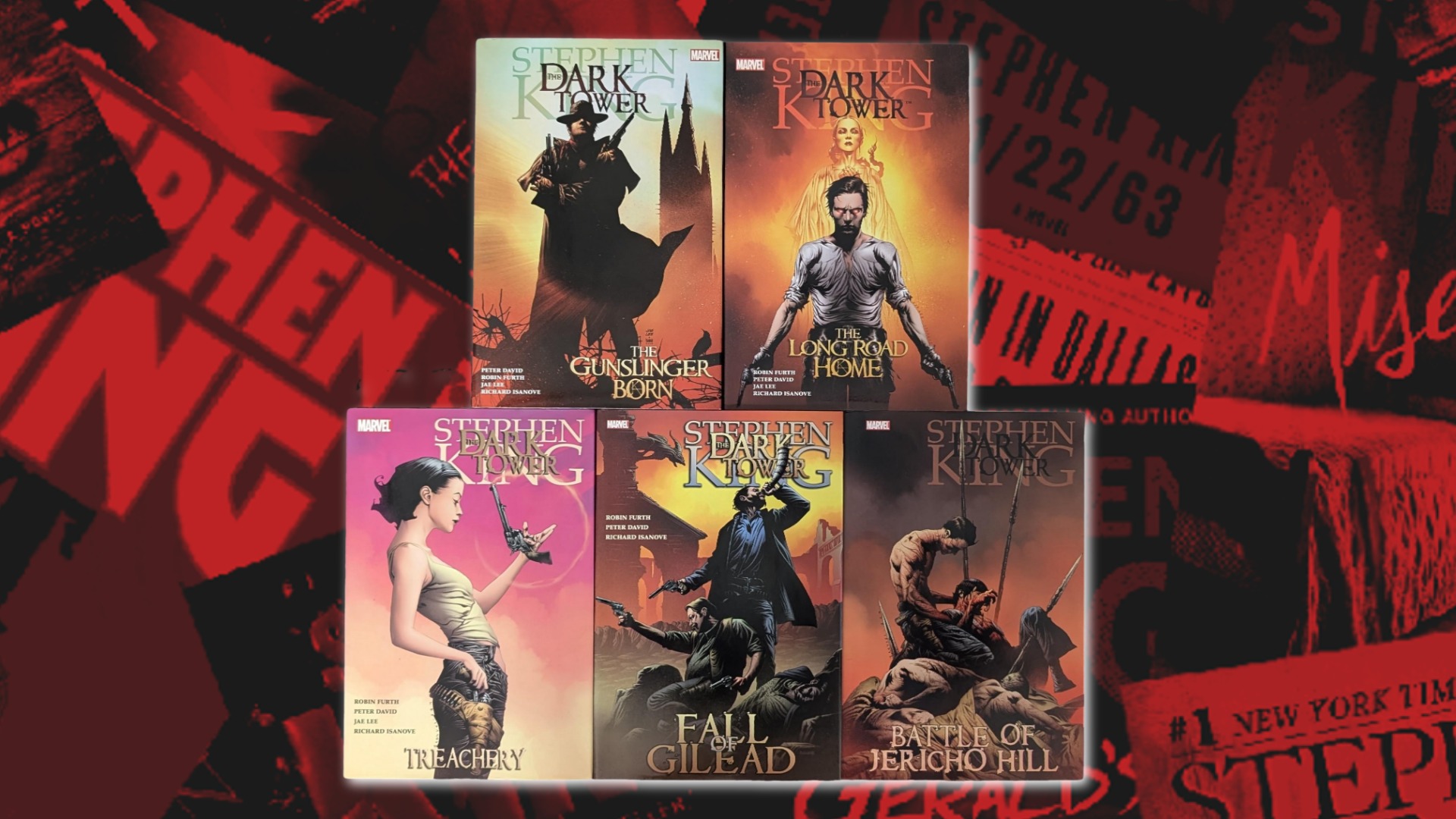







You must be logged in to post a comment.